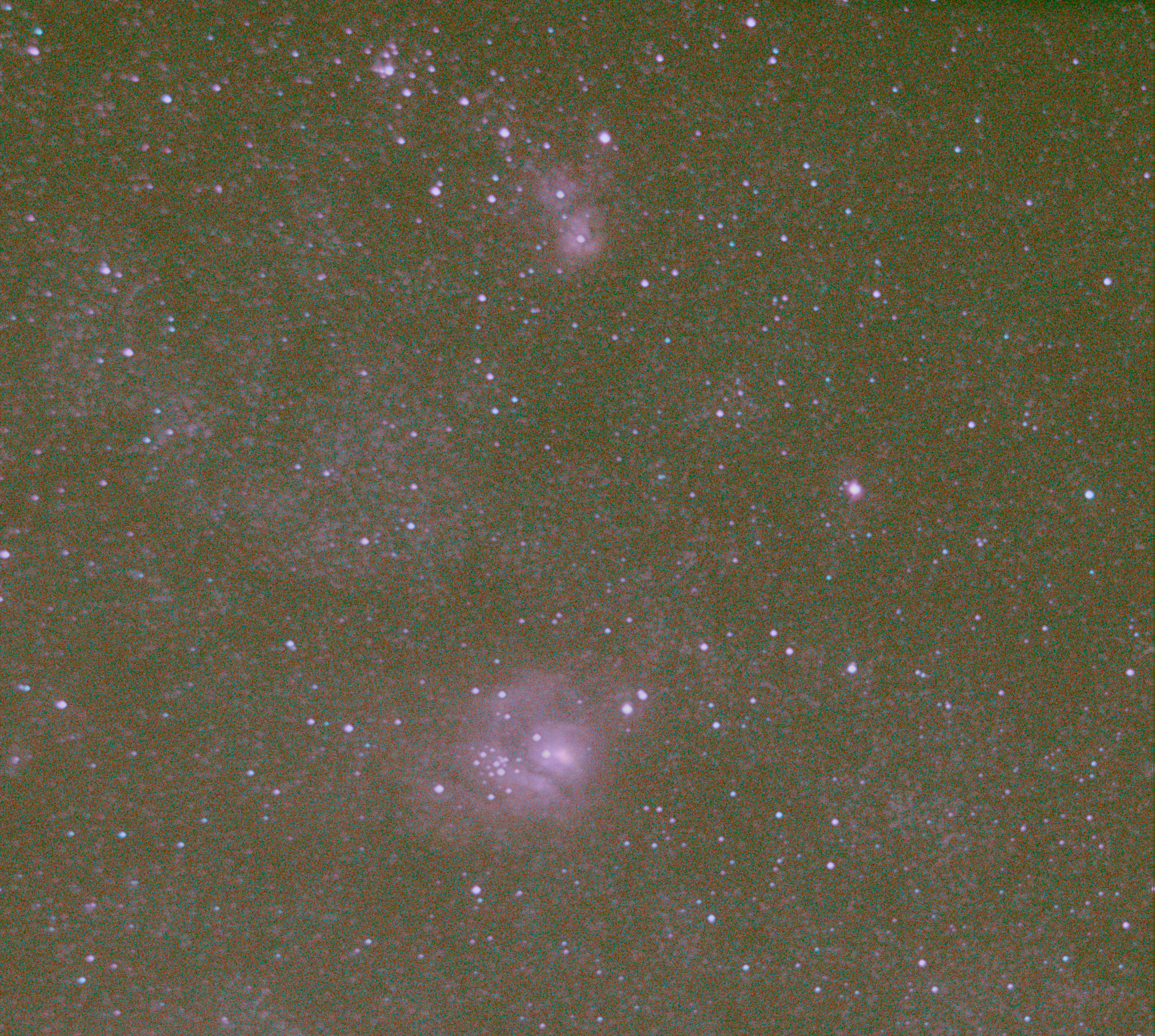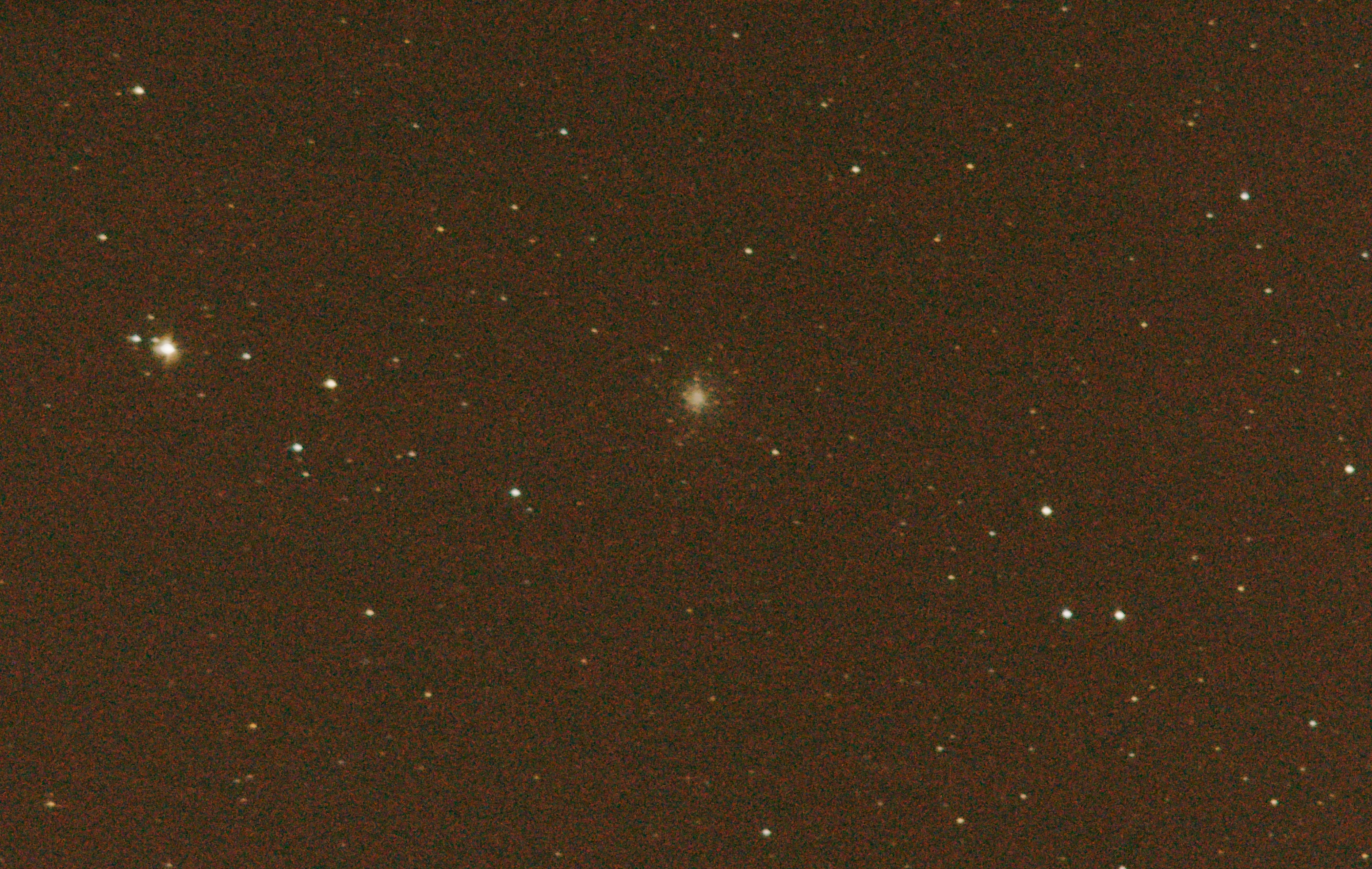My Messier catalog
A history lesson
The Messier catalog (AKA, The Log) is a list of 110 deep space objects (so, objects that aren't in our solar system), including nebulas, star clusters and galaxies. It was made by a frenchman named Charles Messier in 19th century Paris. The guy wanted to see and track comets in the sky, but he kept seeing fuzzy blobs in the sky that didn't move, wasting months of progress. He cataloged evey blob in a list, and, some centuries later, with our fancy tech, we can see and photograph the objects with detail Messier couldn't even dream of (for reference, the first picture of a nebula was taken in 1880, 63 years after his death)
The actual pictures
I guess you want me to stop writing and show you the pictures, right? Well, Here they are, in order of catalogue number
Although, before that, I have to explain a game we'll play. It's called "Geckoram can't process images". Take a look at the images' background color. It should be black, a bit blueish with moon and a bit brownish with light pollution. It will be a wide variety of colors, you'll see.
M8: The Lagoon Nebula

The Lagoon nebula is an emission nebula in the constellation of Saggitarius, mainly composed of hidrogen (that's why it's red). It's located near a lot of other objects, and even at 205mm of focal length, you can see M20
This image is a stack of 500 lights, 50 darks and 50 bias of 1 second exposures at 205mm and ISO 6400. My camera (canon 550D/t2i) is a bit too old to shoot at 6400, for the next time I'll probably lower the ISO tho the regular 3200 (wich it's still a lot, but with untracked astro you get what you can). The final image isn't the prettiest one, but, for being on my crappy lens, no tracker and with a bright moon, I think it gets a pass
I shoot the image under a bortle 4 sky, with no clouds and moon at 50%. It was really cool to see the milky way pop as the moon was setting, and once it did you could see tons of stars, especially on the Cygnus region, which was high in the sky
M10.

M10 is a globular cluster in the constellation of Ophiuchus. It was described by Messier as "a nebula without stars", which, taking into consideration he was using what in today's standards would be a toy telescope, it's fair.
This is the first cluster I've ever photographed, so it's not the best picture. Part of that is because I was shooting from by backard (bortle 7), but if I had a bigger lens or a decent telescope, I could probably have gotten a bit more color and definition in those stars.
Shot on bortle 7, ~10% moon, from my backyard with the 205mm lens, untracked, about 500 lights, 50 darks and 50 bias.
M31: The Andromeda Galaxy.

The andromeda galaxy is a barred spiral galaxy in the constellation of, take a wild guess... Exactly, Andromeda. It's about 6 times the aparent size of the moon on the sky, it's kinda of scary if you think about it too much.
I have to re-take this shot, I know that I could do better, mainly because it was a full moon, and because, at 4 am after not sleeping during the night (I'm bad at waking up early), I'm bound to make mistakes here and there, like loosing the thing like 3 times (I almost gave up, by now I kinda got the hang of getting it in frame). Also, I stacked and edited this picture entirely in a 10 year old thinkpad running debian. It was reaaaally slow, but, I have to say, I really like gimp, I sometimes use it over photoshop for certain things.
M42: The Great Orion Nebula.

The Great Orion Nebula is a diffuse nebula in the constellation of orion (people say it's in orion's "sword", but the greeks knew what they were seeing between the legs...). This is actually the first deep sky object to be photographed, in 1882 by Henry Draper. s
Honestly, this is one of my favourite picture of any messier object I've taken. Yes, you can literally see orion with the naked eye, but you can actually see the nebula, without excessive noise nor weird stuff, with a semi-normal background. Having said that, I have to reshoot it with a new moon, I have the weird tencency to shoot at fool moon...
This was taken with the crappy 85-205mm 80s lens, full moon, from a bortle 4.
That's it. Bye!